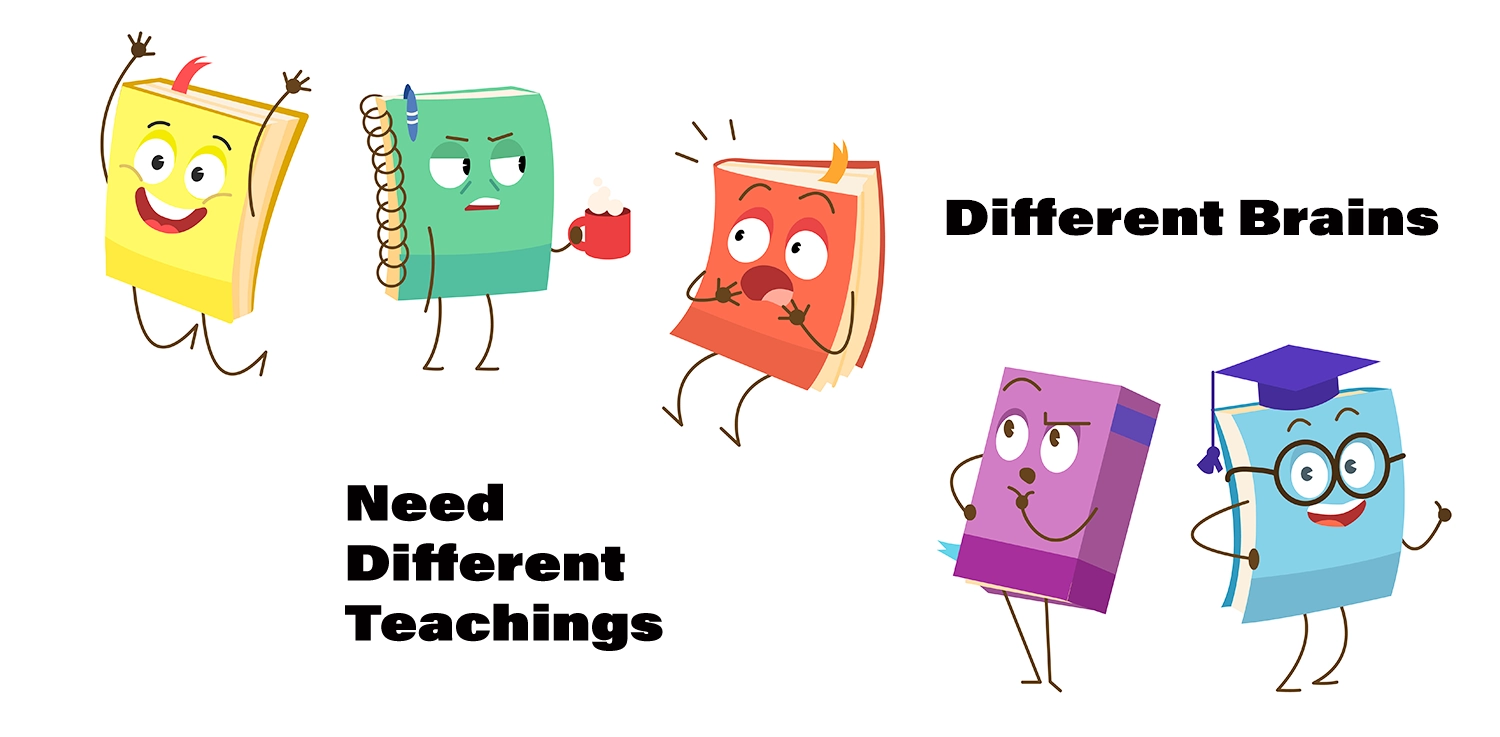New Drivers require very specific requirements to maximize their learning. The are not Experienced Drivers.
Got it! Here’s something based on your perspective:
Why Teaching New Drivers Like They’re Experienced is a Recipe for Disaster
Driver education is stuck in a time warp. For decades, it has leaned on an outdated, one-size-fits-all approach: teach new drivers to mimic experienced ones. But let’s call this what it is—a shortcut, not real education. Copying doesn’t build skill, understanding, or confidence. It builds followers who lack the foundation to adapt, think critically, or prevent crashes.
New drivers don’t just need to know what to do—they need to grasp the why. Why are intersections so high-risk? Why do defensive driving principles work? Why does the brain fail under certain pressures? The answers lie in a history of hard lessons learned on the road, lessons that get brushed aside in favor of rote memorization and quick certifications.
But here’s the thing: teaching like this ignores how the human brain works. Neuroplasticity—the brain’s ability to adapt, grow, and learn—thrives when people are given time to experiment, make connections, and truly absorb what they’re doing. That’s impossible if all we’re doing is saying, “Here’s what experienced drivers do. Now copy them.”
Real learning happens when we give new drivers the space to make discoveries at their own pace. My approach as a trainer? I don’t treat new drivers like seasoned ones. I guide them through their own “aha” moments, teaching concepts in ways they can truly digest and own. Because driving is not about memorizing—it’s about mastering.
The driving world has changed. We understand more about cognitive science, risk, and how people learn than ever before. Isn’t it time our driver education changed with it?






Comments are closed